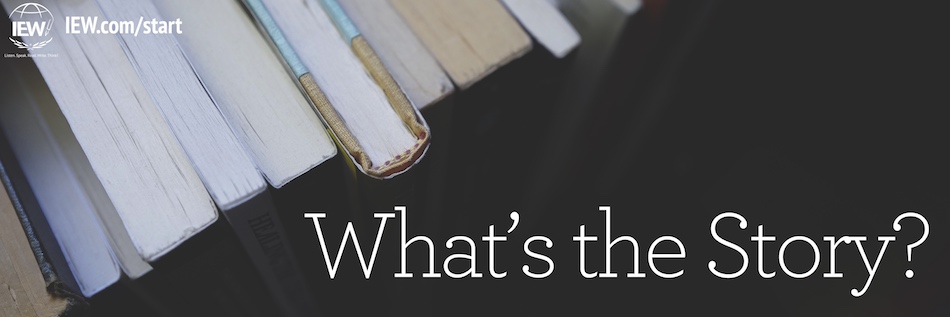
Are you or your student finding yourselves sequestered by the Story Sequence Chart? Has the spotlight on Unit 3 lead to some classroom stagefright? While the transition from Unit 2 to Unit 3 can seem prodigious, we refuse to leave you on your own! Recognizing the challenge, we have numerous free resources available when working in this unit to smooth your way.
-
A special Unit 3 Overview and Tips page
-
Information from Andrew Pudewa on “the point of Unit 3“ along with a direct Unit 3 Q&A
-
A recent Unit 3 podcast
-
A Unit 3 webinar recording
-
...and even a sample of a Level B student's variation on Aesop’s “The Merchant and His Donkey”
If that’s not enough, you can always go back to session three of Teaching Writing: Structure and Style or, for more help with younger students, download this MP3 presentation by Shirley George. Oh, and after all of your efforts, don’t forget to be compensated for any editing work that you offer to your students!
Regardless of whether you struggle with it or not, Unit 3 is arguably one of the most valuable components of our Structure and Style™ writing method. Surprisingly, it could also be one of the most valuable tools to use outside of class as well.
A natural way to apply and reinforce what Unit 3 is all about is to apply the soon-to-be ingrained knowledge of the Story Sequence Chart to your family reading time. While this may appear to be a daunting endeavor, just remember that “EZ+1” is applicable here, too. In fact, we at IEW actually start with asking the questions from Unit 3 in some of our primary level materials before teaching younger students anything else about Structure and Style! To begin trying this out, recap your most recent reading session by talking through some or all of the Story Sequence Chart just before you sit down to read from the same book again. Alternatively, you could try this same process out just after finishing a chapter for a more detailed discussion on what the current story is all about. Not only could this work with books, but also for bringing a recently watched movie or TV show to life. Instead of mindlessly absorbing even the most mundane “entertainment” (and potential agendas), use the chart to identify everything that your family just put into their brains and “bring it back out” to create something far more meaningful from the whole experience.
For dads, this is where you can really shine! What is almost unanimously determined as the single most supportive factor in a child’s life? For you to be there. Be present. Take time. In this case, talk together! Talk about even the ridiculous shows, movies, or songs that your kids may be obsessed with. If you are concerned about their choices in media consumption, simply implementing bans can often make these programs more desirable, but talking through some of the Story Sequence Chart could eventually help them reason for themselves the true value of their current selections. Of course, there is an art to this. However, if you keep “practicing,” talking through it all together (just like your students do for their writing class), it WILL become more and more natural.
|
|
Evan Smith, a father of six, hails from Indianapolis, Indiana, but has called Oklahoma home since 1997. With a diverse background in acting, music, sales, customer service, distribution, and special needs job coaching, he has relished contributing to IEW's company mission since he was hired for the Customer Service Team in 2017. Having served as a production assistant for the filming of 6+ levels of Structure and Style for Students, Evan gained a firsthand grasp of the Structure and Style® writing methodology and the teaching approach of Mr. Andrew Pudewa. Evan joined the Accreditation Team in 2021, and after nearly five years as a member of Customer Service, he moved to the IEW Schools Division as an Educational Consultant in 2022. |

